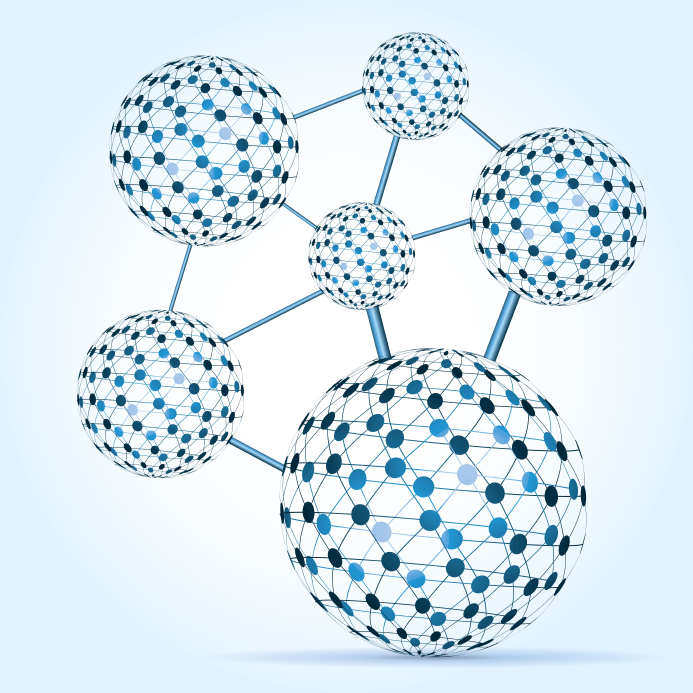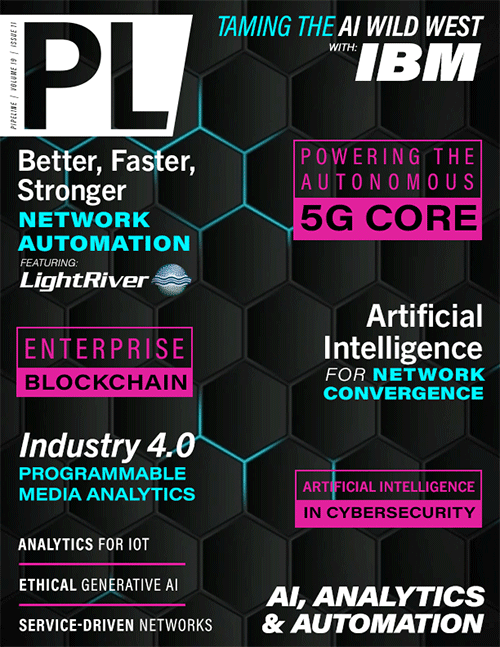AI and Analytics for IoT
By: Ken Figueredo

The rapid adoption rate for generative artificial intelligence (AI) systems, such as Bard and ChatGPT, has astonished industry analysts while galvanizing business interest and public awareness. Grandparents are experimenting with research tasks and creative writing, while young students are using these tools as study aids and to create art. In the business sector, the OECD’s latest outlook on employment anticipates significant job impacts with finance and manufacturing industries highlighted as priority areas. Efforts to estimate the annual economic impact of generative AI place it in the $2.6 to $4.4 trillion range. For perspective, this is about 10-15% of the current US GDP.
Below the macro level, a new industry ecosystem is forming. On LinkedIn, freshly minted “experts” publish advice on techniques to make best use of GPT tools. Innovators are fine tuning generative AI for specific applications. To encourage adoption, other businesses are simplifying integration with legacy IT systems. For example, businesses can boost the utility of existing travel, shopping, dining, and other ecommerce services using “plug-ins” of the type offered by ChatGPT.
Notwithstanding the excitement around generative AI, users should not lose sight of other techniques in the portfolio of AI and machine learning (ML) tools. Consider the automation of check-out processes in retail stores, for example. Pattern recognition applied to CCTV data and rule-based fuzzy logic are two techniques for monitoring items placed in the bag-loading area. While some customers value human assistance, many others prefer the convenience and speed of automated check-out processes. In addition to a novelty factor, retailers also see benefits from automation and a reduced headcount. To handle exceptions, one agent can supervise multiple stations. This is a typical arrangement for people-centered use cases but not one that necessarily applies to IoT scenarios.
No Human in the Loop
The scope of IoT devices encompasses connected machines in factories, moving vehicles on highways, and sensors located on farms and isolated water pumping stations. Many of these devices have no easy user interface because they are expected to work with minimal human intervention. Unlike a smart home appliance, rebooting a connected sensor by physically switching it off and then on is not always an option. Instead, these are well established industry procedures for managing and maintaining IoT end points using over the air (OTA) software update techniques.
Such differences between people-centered and constrained IoT devices have profound implications for AI. Take the example of a sensor sending a stream of real-time readings to a decision-making application. If the readings trigger an alarm, who is to say that the underlying cause is not due to a malfunctioning sensor rather than an undesirable change in the process or property being monitored? System protection for this type of operating scenario relies on built-in fault-detection capabilities that are packaged as intelligent tools for developers and system operators to use. To understand these capabilities, it helps to begin by defining a simple framework for how AI functions in an IoT system.
Data to Decisions Framework
Interrelationships between AI and IoT depend critically on data flows and their impact on the architecture of an IoT solution. The flow begins with data sourcing from connected devices and sensor end points, before passing through signal processing and machine learning processes. The latter processes extract key features from IoT data streams and label or annotate them as knowledge-like objects. As an example, a data stream might be described as “normal” while it stays within a range of pre-set values. Depending on the use case, many other labels are possible. Another description, for example, might apply to a machine’s resonant frequency pattern, just like the labels used to describe chords that are played on musical instruments.
Feature extraction and labeling are techniques for creating a digital twin of the system or process being monitored. This is an intermediate stage in the data to decision-making flow. The next stage involves the application of rules-based AI for reasoning or decision-making purposes. For example, if the resonant frequency profile changes significantly over time, this might indicate accelerated machine wear. In the case of a musical instrument, this corresponds to the instrument going out of tune. The AI processing stage might go further and trigger interventions automatically. These could range from a simple action, such as adding lubrication or scheduling a maintenance check, to stopping the machine abruptly to prevent a potentially catastrophic failure.



















